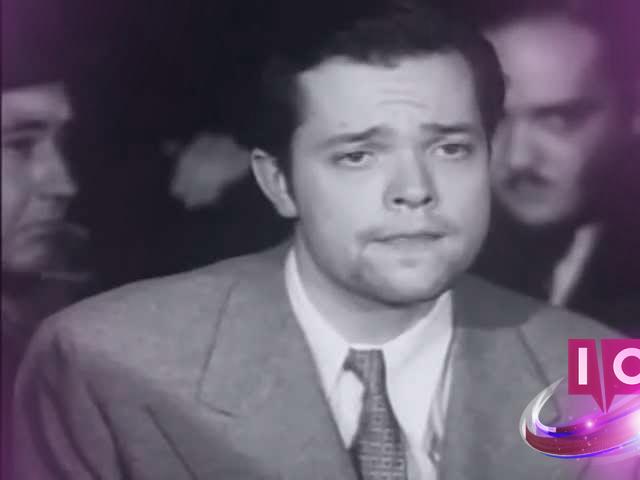Orson Welles’ 1942 film The Magnificent Ambersons carries a complex reputation. It’s hailed as one of the greatest films ever made but is also regarded as a production marred by interference that led to the loss of Welles’ original vision. This situation has spurred artistic innovation, as some tech enthusiasts are stepping in to reshape what could have been.
As reported by The Hollywood Reporter, an Amazon-backed AI company, Showrunner, is setting out to recreate Welles’ original cut of the film, which has been mostly lost. What led to Welles’ version of The Magnificent Ambersons becoming a Hollywood tragedy? His 131-minute masterpiece, a follow-up to the groundbreaking Citizen Kane, fell flat with test audiences. This prompted the studio to take control of the editing process, cutting over 40 minutes and leaving just 13 of the original 73 scenes intact.
To make matters worse, the studio also destroyed the original negatives to recycle the silver material for storage. Welles, however, meticulously documented his work, creating elaborate notes and diagrams indicating camera placements and scene intentions. He even envisioned re-shooting crucial scenes nearly three decades later, but the plans fell through according to the biography “This Is Orson Welles.”
The attempt to recreate the film using AI feels somewhat contentious, given the circumstances. Showrunner aims to spend the next two years reconstructing the footage lost to the studio’s heavy-handed editing. They plan to reshoot some scenes with live actors and then use AI to swap the original actors’ faces onto stand-ins. This approach seems preferable to going fully AI-generated, as the last thing anyone wants is an absurdity like Joseph Cotten with extra fingers.
Leading this ambitious project is filmmaker Brian Rose, who has dedicated years to reconstructing lost frames from the film. Rose has previously utilized 3D modeling and animation techniques, even screening his versions at events such as the Free Library of Philadelphia. Now, armed with Welles’ extensive notes, he will leverage AI technology to recreate the work, albeit amidst ongoing debates about the appropriateness of AI in film preservation and restoration.
Importantly, Showrunner will not be able to commercialize the outcome. They have not obtained the necessary rights from Warner Bros. Discovery or Concord. “The goal isn’t to profit from the 43 minutes but to simply see them exist after 80 years of speculation about whether Welles’ true vision was the greatest film ever,” CEO Edward Saatchi conveyed to The Hollywood Reporter.
It’s worth noting that Showrunner’s effort isn’t the only quest to recover Welles’ work. Filmmaker Joshua Grossberg is actively searching for what he believes is the last remaining copy of Welles’ original edit. His pursuit has led him to Brazil, where Welles worked on the film during its editing phase. This journey will be documented in the upcoming film, “The Lost Print: The Making of Orson Welles The Magnificent Ambersons,” with Grossberg promising to shed light on the fate of that elusive print.
What might Welles think about this AI reconstruction? The topic is complex. Recently, his estate allowed an audio company to recreate his iconic voice using AI for narration in stories. Advocates argue that Welles, as a futurist, would have approved. Conversely, he expressed concerns over technology taking precedence in our lives. In a 1972 documentary titled “Future Shock,” Welles remarked on modern technologies enhancing life’s sophistication but also creating anxiety and stress.
Will the AI reconstruction succeed in capturing Welles’ artistic intentions? Only time will tell as this fascinating intersection of cinema and technology unfolds. Exploring such efforts can deepen our appreciation for cinematic history and its preservation.
As we continue to navigate the evolution of cinema, consider diving into related topics and discussions on the art and preservation of film at Moyens I/O.
